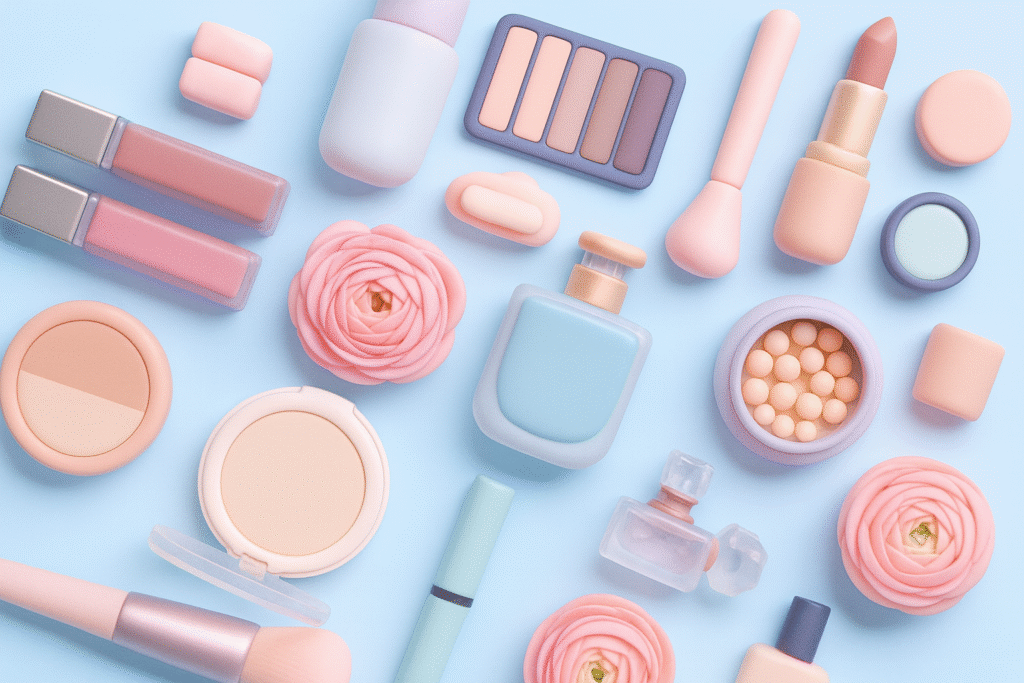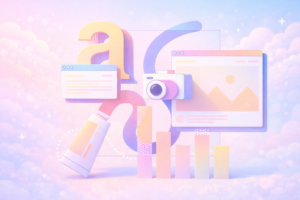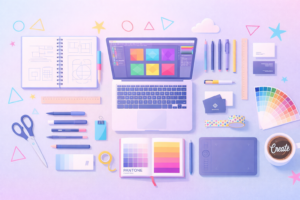The beauty industry has undergone a dramatic transformation over the past decade. What once was dominated by glossy magazine ads and celebrity endorsements has evolved into a dynamic, digital-first ecosystem shaped by social media, data-driven technologies, and shifting consumer expectations.
Today, the rise of artificial intelligence or AI, personalised experiences, and innovative brand strategies is reshaping how beauty brands connect with customers.
From micro-influencers to predictive algorithms, these new marketing strategies are not just changing the way products are sold; they are fundamentally defining beauty culture itself.
The evolution of influencer marketing
Influencer marketing has long been a cornerstone of beauty branding since the early days of Instagram and YouTube.
Beauty consumers naturally gravitate towards creators who offer authenticity, expertise, and reliability.
Over time, this reliance on influencers became one of the industry’s most powerful tools and has taken over most marketing strategies for the past 15 years.
From marco to micro-influencers
Initially, large-scale influencers and celebrities dominated beauty campaigns, with celebs such as Dua Lipa and Charli XCX being the front face for huge brands.
However, audiences began to crave more genuine and authentic voices. This shift paved the way for micro-influencers, whose smaller but highly engaged followers often generate stronger conversion rates, optimising a company’s marketing budget. Brands discovered that consumers were more inclined to trust recommendations from creators who felt like friends rather than celebrities.
Creators becoming founders
Another major trend has been influencers transitioning into brand owners. Their built-in communities provide immediate traction, ensuring rapid growth and organic visibility. Beauty brands launched by creators often embody a level of transparency and personal engagement that consumers find compelling.
One notable example is Refy Beauty, co-founded by influencer Jess Hunt. Built on a minimalist, streamlined aesthetic, Refy Beauty leveraged Hunts’ existing audience and authentic relationship with her followers to build a brand that felt personal, modern, and community-driven.
With brow products and a strong social media identity, Refy illustrates how creators can transform their digital influence into a successful, globally recognised brand.
The rise of AI in beauty marketing
Today’s consumers expect products and services that fit their unique needs. AI enables brands to analyse skin type, preferences, behaviour, and past purchases deliver highly personalised recommendations.
Virtual try-on tools, once a novelty, have become essential. These technologies help to reduce uncertainty, allowing users to experiment with foundation shades, lip colours or brow styles without leaving their homes.
Predictive analytics for trend forecasting
AI excels at identifying emerging trends long before they reach mainstream consumers. By scanning millions of posts, comments, and search patterns, AI tools help brands detect shifts in consumer behaviour, whether it’s the rise of clean beauty, renewed interest in 90s makeup, or the growing demand for multifunctional skincare products.
This predictive capability enables brands to be proactive and ahead of the curve rather than reactive, giving them a significant competitive advantage in an oversaturated market.
Automated content and customer interaction
Beyond personalisation, AI is transforming how brands engage with customers. Chatbots, automated messaging systems, and generative content tools help companies maintain consistent communication across social platforms.
By streamlining customer service and content creation, AI allows brands to focus purely on strategy and innovation.
Social commerce and digital immersion
Social platforms such as TikTok, Instagram, and YouTube have evolved from content-sharing apps into powerful shopping hubs.
Beauty brands cannot interpret retail directly into their social experiences, making the transition from entertainment to purchase seamless.
This way, users can see a product advertised on a platform such as TikTok and then directly purchase it on the site within minutes and return to scrolling.
The ‘TikTok made me buy it’ phenomenon
TikTok has become the major driver of beauty sales. Short-form content, algorithm-driven content give products the chance to go viral overnight.
A single creator’s review or tutorial can spark global sell-outs, making TikTok one of the most influential engines in modern beauty marketing.
One recent example is the blue lip stain trend, where formulas appear blue in the packaging and when applied, but wipe off to reveal a lip colour that promises to stay all day and changes with the chemistry of your lips’ natural colour.
The novelty and visual appeal of the transformation made the trend perfect for short-form video content and virality.
The blue lip stain showed that digital-era beauty marketing doesn’t always require a single viral creator; sometimes, it’s the phenomenon itself that drives the momentum.
Virtual stores and AR beauty experiences
Alongside viral trends, digital environments are becoming essential.
- Virtual stores replicate the feeling of browsing a beauty counter from home
- AR tools allow customers to see how a blush, brow style, or eyeliner shape will look in real time
- Livestream shopping blends entertainment and retail, offering expert advice and product demos directly to viewers.
The new digital formats create emotional connections while supporting fast, frictionless purchasing decisions.
Community-driven branding
Community is the heartbeat of today’s beauty industry. Consumers are no longer satisfied with just products; they want brand alignment, transparency, and shared values.
Values-based marketing- As shoppers prioritise sustainability, inclusivity, and ethical sourcing, brands must be clear about what they stand for. Transparent ingredient lists, diverse shade ranges, and unretouched campaign images help to build trust.
User-generated content- User-generated content, or UGC, has become one of the most powerful tools in the beauty industry. Every day, users sharing their routines, before-and-afters, and honest reviews often influence buying decisions more effectively than ads or celebrity endorsements. Brands encourage this by reposting customers’ videos, hosting hashtags, and incentivising content that showcases real results.
Beauty industry into the future
From influencer-led storytelling to AI-powered personalisation, the beauty industry is experiencing a profound shift. Brands such as Refy are illustrating how digital influence and strong branding can create worldwide recognition. Meanwhile, trends such as the blue lip stain demonstrate how modern beauty consumers engage with products through curiosity, creativity, and community.
As AI reshapes discovery, virtual experiences, and customer relationships, beauty marketing will only become more interactive, more personalised, and more responsive to consumer desires. The brands that thrive will be those that embrace innovation whilst staying grounded in authenticity and connection.








